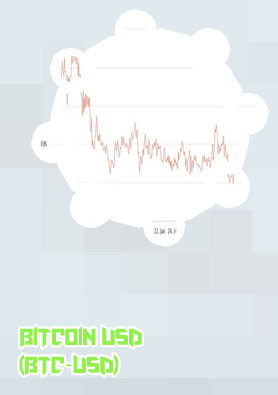Bitcoin lowest price

A timeline of Bitcoin prices
As it had never been traded, only mined, it was impossible to assign a monetary value to the units of the emerging cryptocurrency. In 2010, someone decided to sell theirs for the first time – swapping 10,000 of them for two pizzas. If the buyer had hung onto those Bitcoins, at today’s prices they would be worth more than $100 million. History of bitcoin In terms of adoption, El Salvador became the first country to recognize bitcoin as a legal tender in 2021. El Salvador had been experimenting with the use of bitcoin as a currency since 2019, the Legislative Assembly of El Salvador passed a bill on June 8, 2021, which recognized bitcoin as a legal currency within El Salvador (the law came into effect on September 7, 2021).What was bitcoins original price
Bitcoin's record-breaking run pushed the cryptocurrency's market capitalization over $1 billion for the first time ever. It also attracted a lot of attention. In February of 2013, Coinbase reported selling more than $1 million worth of Bitcoin at an average price of $22. The libertarians Again, the bubble was destined to burst. Citing “rapidly increasing use of fossil fuels for bitcoin mining and transactions,” Musk announced in a May tweet that Tesla had suspended vehicle purchases using bitcoin. The coin received another blow that month when China cracked down on cryptocurrency mining and trading and announced that regulators would investigate cryptocurrency and power usage, Reuters reported at the time. The one-two punch cost bitcoin 37% of its value that month.
Bitcoin Recovery: 2023 to 2024
With its decentralized structure and the ability to operate across borders, Bitcoin has the potential to transform the global financial system. As more people become aware of its potential, the adoption of cryptocurrencies is expected to increase. In fact, many businesses and individuals are already embracing Bitcoin for its convenience and low transaction fees. Notes On July 9, 2016, Bitcoin's daily issuance dropped from 25 BTC to 12.5 BTC per block in a preprogrammed halving event. Every four years, Bitcoin's supply reduces by half until there are 21 million BTC in circulation. Although 2012 was the first halving event in BTC's history, 2016's halving led to a significant rise in BTC's price in 2017, culminating in BTC almost breaking the $20,000 level in December. Although the entire crypto market fell after the 2017 bull run, more investors became aware of digital assets.History of bitcoin
Bitcoin’s dependence upon scarcity for its value makes it a potentially deflationary asset, which cryptocurrency devotees greatly appreciate; this currency was created as a “safe-haven” asset in the midst of a global economic crisis. However, it can also be an inflationary asset, because of new coins continuously increasing the supply. The relationship between supply and value also means the events such as periodic Bicoin halving (a deflationary event) have the potential to significantly impact the value of the cryptocurrency, as they reduce the amount of available Bitcoins in the supply. Most Bitcoin ETFs Keep All Their Eggs In One Basket. Is That Risky? Don’t wait - discover a universe of connected data & insights with your next search. Browse over 28M data points across 22 industries.
- Ethereum gas fees tracker
- Etherium live price
- Cryptocurrency bitcoin price
- Cryptocom taxes
- Btc value usd
- Buy bitcoin online
- Shiba inu coin cryptocurrency
- Who has the most btc
- Bitcoin investment
- Buy telcoin crypto
- Bitcoin converter
- Gaming crypto
- Google bitcoin
- Cryptocom card
- Cryptocom trading fees
- Cheapest bitcoin price
- Is bitcoin a good buy
- What the hell is bitcoin
- Wallet for crypto
- How to buy dogecoin stock on coinbase
- Ether 1 crypto
- How to buy safemoon on cryptocom app
- Best crypto to buy
- Crypto interest
- Cryptocom unsupported currency
- Eth gas tracker
- Buy bonfire crypto
- How much is 1eth
- Bit coin diamond
- Trending crypto
- Should i buy bitcoin or ethereum
- Will dogecoin be on coinbase
- Crypto credit
- Where to buy crypto
- Buy cryptocurrency
- Crypto market live
- Cryptocurrency app
- Defi ethereum wall
- Cryptocom app
- How much is bitcoin today
- Crypto com nft
- Launches crypto world check section blog
- Crypto pc
- Binance bitcoin
- Crypto earn
- How does btc mining work
- Bitcoin starting price
- Dogecoin 20 where to buy
- Bitcoin's value today
- Coinbase cryptocurrency prices
- Free ethereum
- When did btc come out
- Ergo crypto
- Send bitcoin
- Crypto com not letting me buy
- Cryptocom verification process
- How to withdraw money from cryptocom
- How does cryptocurrency gain value
- Btc funds
